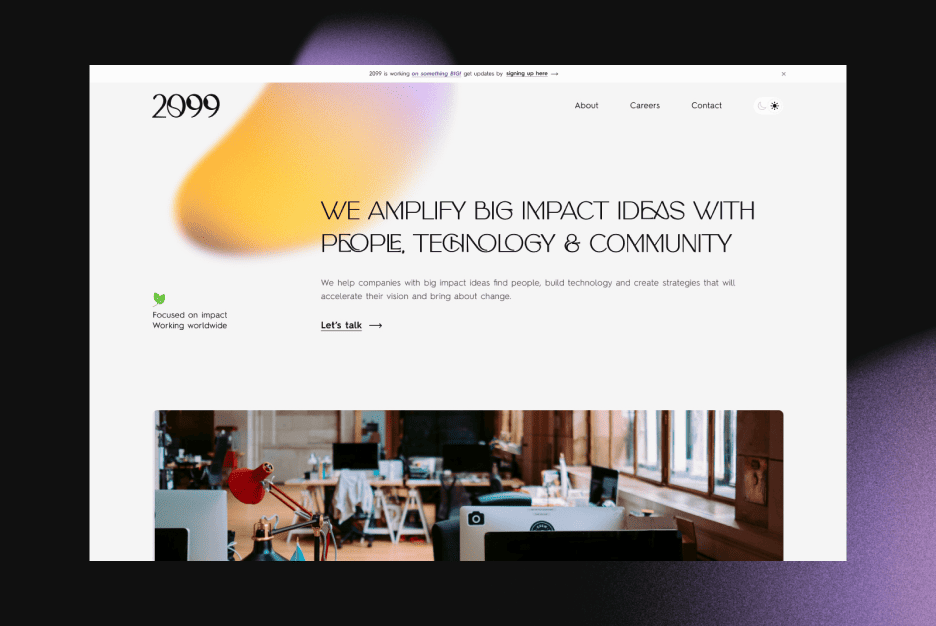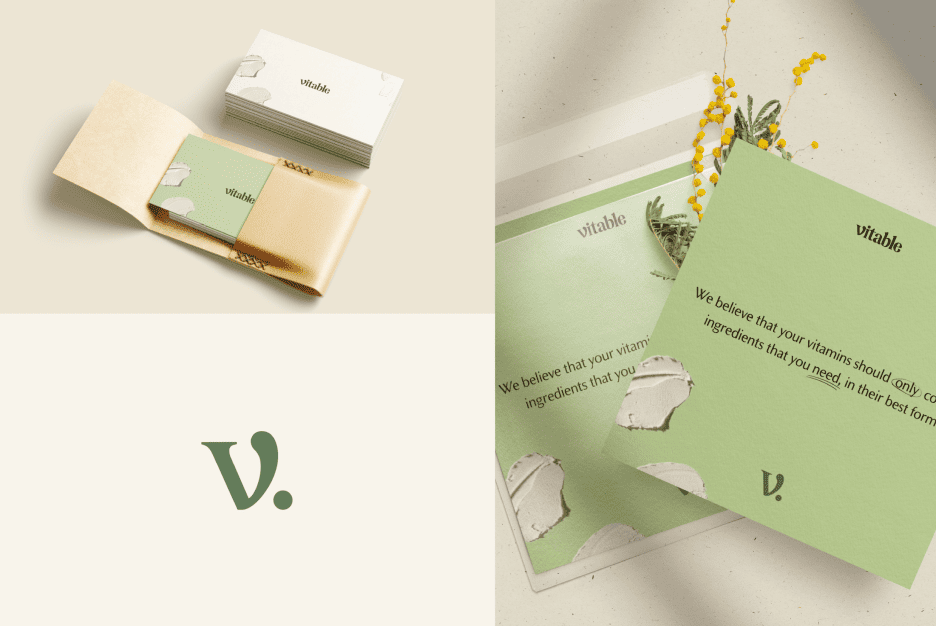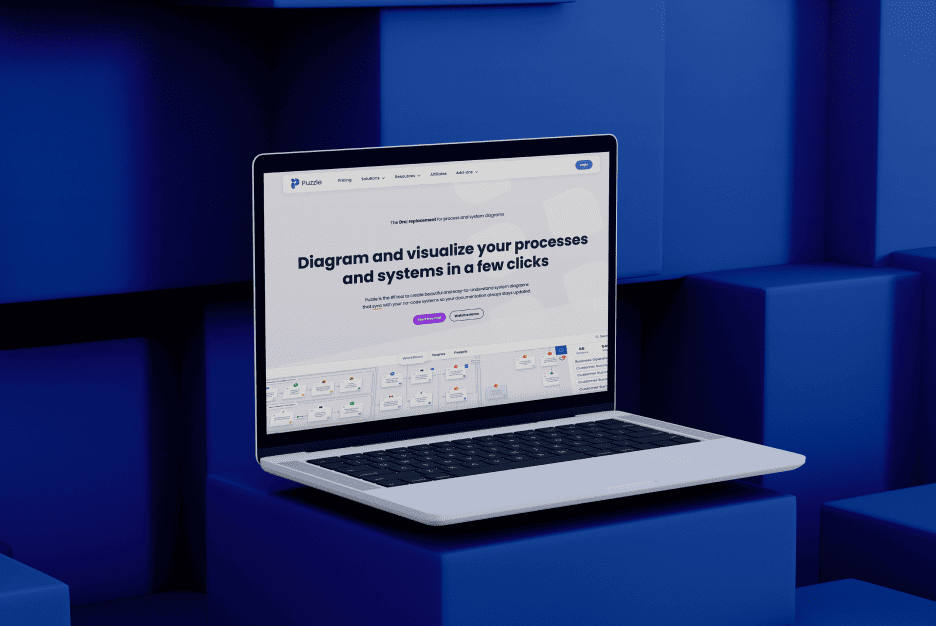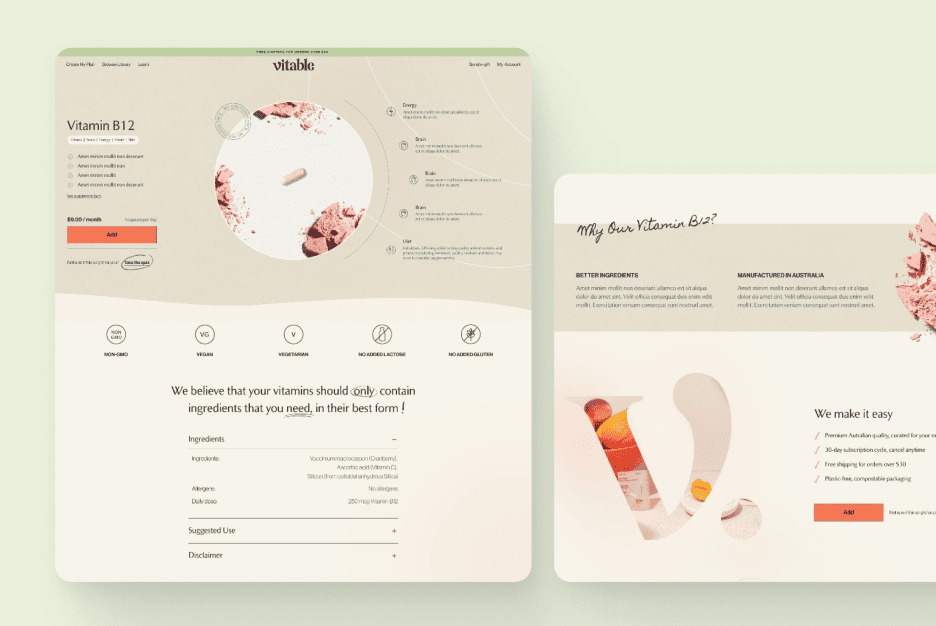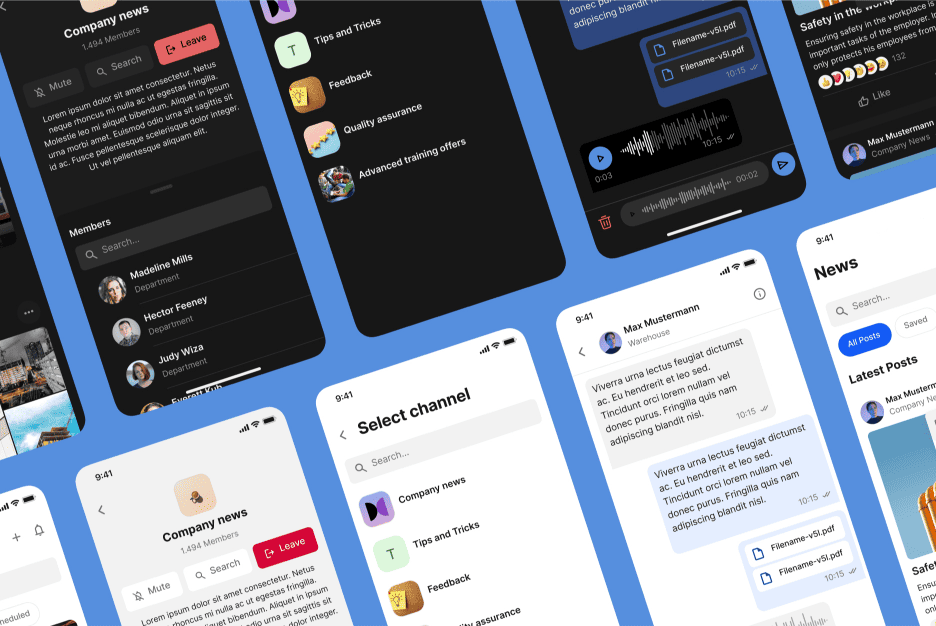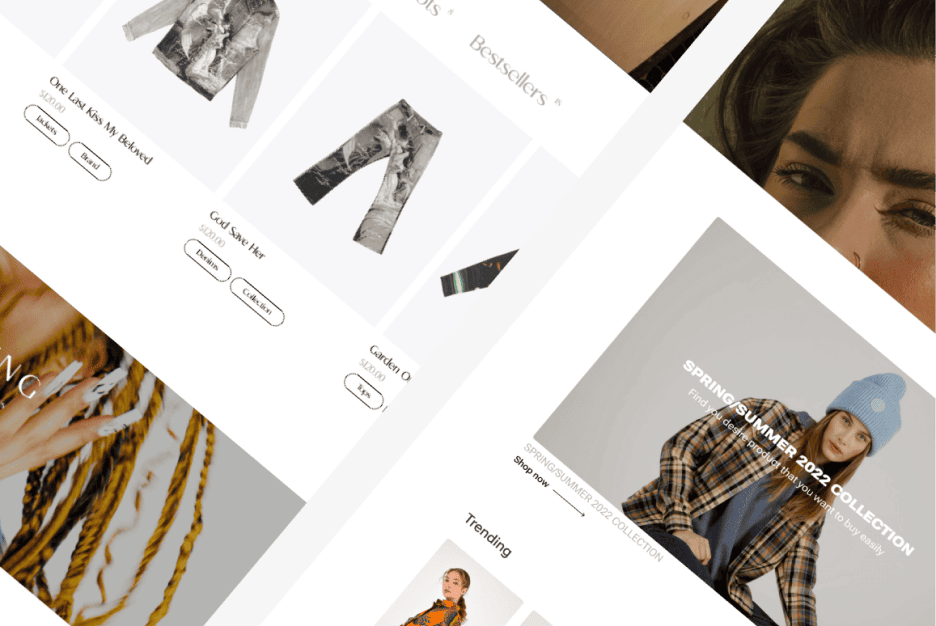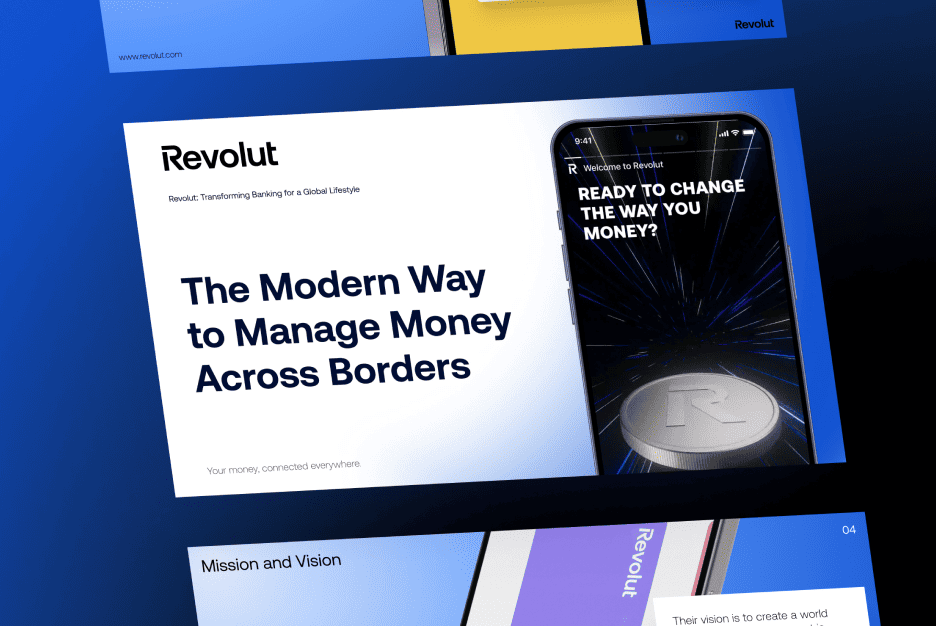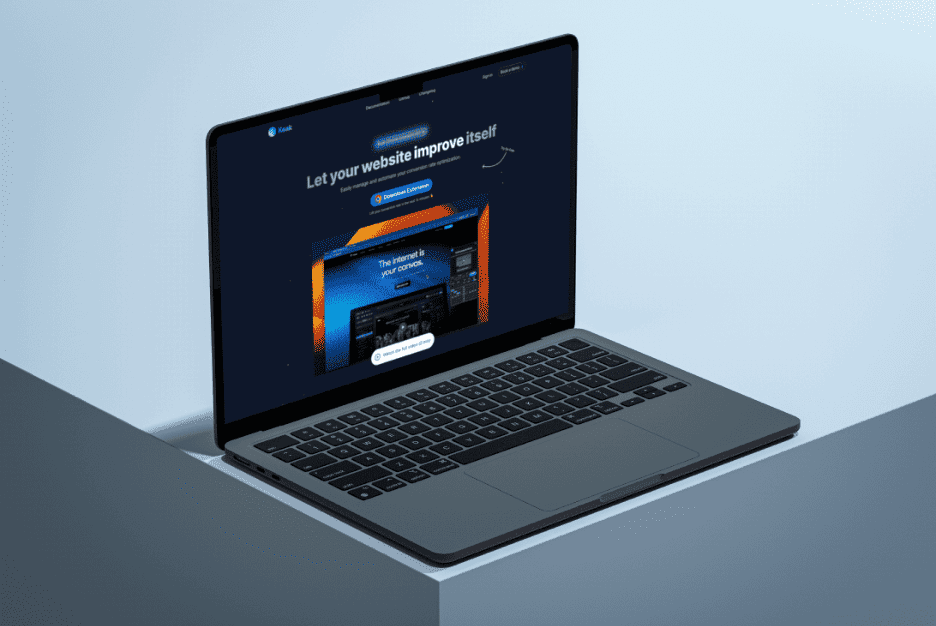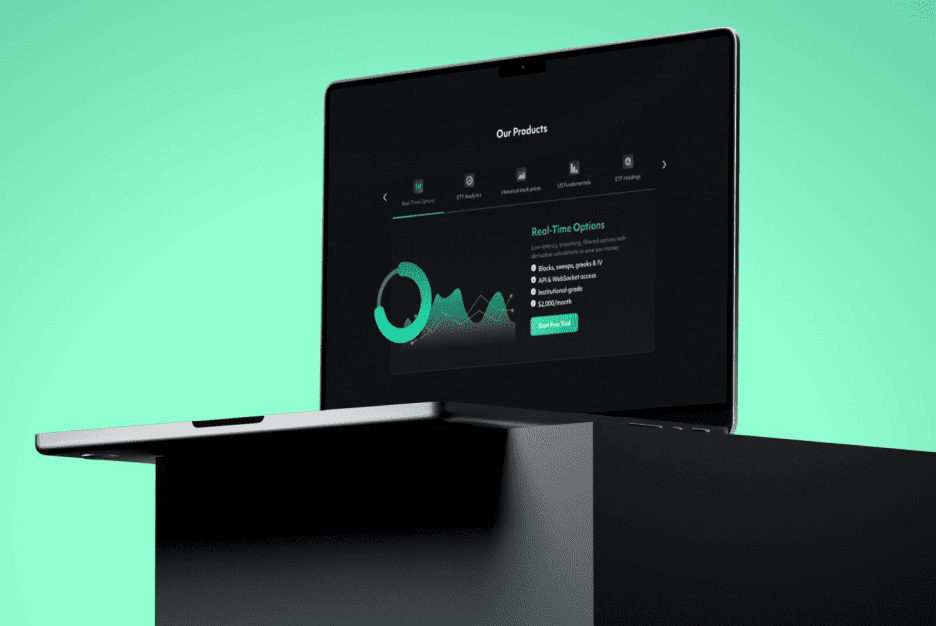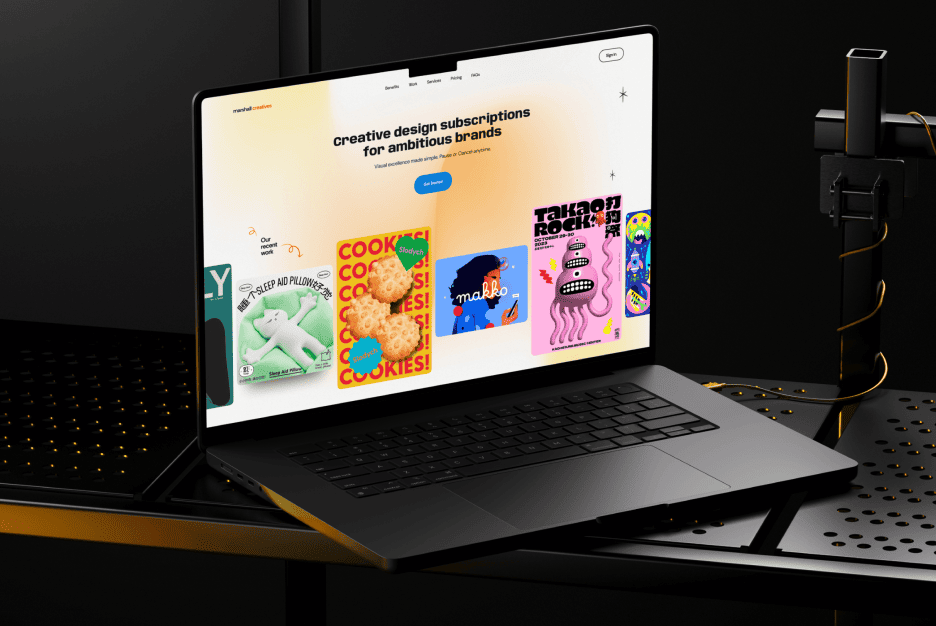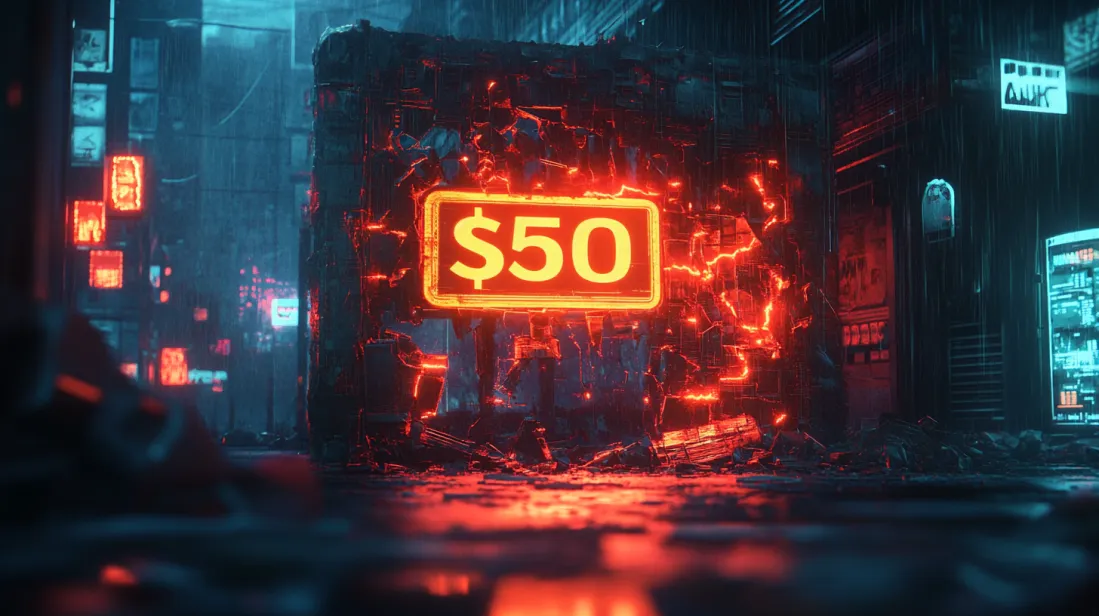Introduction: The Hidden Costs of “Affordable” WordPress Themes
At first glance, pre-made WordPress themes seem like a cost-effective, hassle-free way to launch a website. They promise sleek layouts, fast deployment, and budget-friendly pricing—often under $100. For small businesses and startups, this looks like a dream solution.
But what happens after you purchase that “perfect” theme? You install it, customize it slightly, and then reality sets in. Suddenly, your “affordable” theme becomes a money pit—eating away at your budget, performance, and brand credibility.
A pre-made theme might work for a personal blog, but when it comes to business websites, scalability, security, and branding matter. If your goal is to attract customers, rank on Google, and grow your business, relying on a generic template can actually hurt you in the long run.
One-Size-Fits-All = A Bad Fit for Your Business
Pre-made themes are designed to appeal to the widest audience possible. That means they come packed with excessive features, unnecessary code, and generic layouts that may not align with your brand’s specific needs.
Why This is a Problem:
- Bloated Code Slows Down Performance – Unused functionalities and unnecessary scripts reduce your site speed, which impacts SEO rankings and user experience.
- Limited Customization – You’ll be stuck within the theme’s framework, meaning you can’t fully adapt the design to match your branding or unique business goals.
- Your Website Looks Like Hundreds of Others – Since thousands of other companies are using the same theme, your brand loses its uniqueness and credibility.
A business website should be a strategic asset, not just a digital placeholder. When your site looks generic, it fails to build trust with your audience. Customers expect brands to have a polished, unique online presence—not something that looks like a copy-paste template.
Related Reading: Why Every Business Needs a Custom Website
External Source: Why UX Consistency is Key

Security Risks & Vulnerabilities
Many off-the-shelf WordPress themes come with third-party plugins built in. These plugins might look great on paper, but they often:
- Aren’t updated regularly, making them a security liability.
- Conflict with other plugins or WordPress updates, causing bugs and functionality issues.
- Use outdated coding practices, making them easy targets for hackers.
The Cost of a Security Breach:
A security vulnerability in a theme can leave your entire website exposed to cyberattacks. Malware injections, data breaches, and even Google blacklisting are common issues that stem from poorly coded themes. Fixing a hacked website is not only expensive but also damages customer trust and brand reputation.
A hacked website can also affect your SEO ranking. Google penalizes websites that have security vulnerabilities, meaning you could lose your organic traffic overnight.
External Source: WordPress Security Best Practices

Performance Issues Lead to Lost Revenue
Did you know that 53% of mobile users abandon a site if it takes longer than 3 seconds to load?
Most pre-made WordPress themes aren’t optimized for speed because they:
- Use excessive animations and heavy images.
- Include tons of unused features, slowing down loading times.
- Aren’t properly coded for performance, impacting how quickly pages render.
Why This Matters for Your Business:
Poor performance affects everything from user experience to conversion rates. A slow-loading site means fewer leads, fewer sales, and lower engagement. Google also uses site speed as a ranking factor, meaning a slow site can hurt your visibility in search results.
A custom-built website is optimized from the start, ensuring that it loads quickly across all devices. Instead of relying on a bloated, one-size-fits-all solution, you get a lean, high-performance website that drives results.
External Tool: Test your website speed with Google PageSpeed Insights
Poor UX/UI = Higher Bounce Rates
Pre-made themes follow generic design patterns that don’t always align with user expectations. This can lead to:
- Confusing navigation that makes users leave your site.
- Poor mobile responsiveness, making the experience inconsistent.
- Unclear CTAs (calls to action) that don’t convert visitors into customers.
A well-designed website should guide the user naturally toward an action—whether that’s making a purchase, signing up for a newsletter, or booking a service. Pre-made themes often fail to create a smooth customer journey, leading to frustration and high bounce rates.
Related Reading: How UX/UI Design Drives Business Success
External Source: The Psychology of UX Design

Scalability Issues: What Happens When Your Business Grows?
A website isn’t just about how it looks today—it’s about how well it adapts to your future needs. One of the biggest downsides of pre-made WordPress themes is that they are rarely built for long-term scalability.
Why This Becomes a Problem Over Time:
- Limited Functionality: As your business expands, you may need new features (e.g., membership areas, advanced e-commerce options, or custom dashboards). Many pre-made themes don’t support these without heavy modifications—which can break your site.
- Difficult Integrations: Businesses rely on third-party tools (CRM systems, booking platforms, analytics, automation tools). A pre-made theme might not be compatible with everything you need.
- Code Conflicts: The more plugins and custom work you add to a theme, the more unstable it becomes. You may experience glitches, broken features, and security risks as a result.
Real-World Example:
A client came to us after struggling with a pre-made theme for their fast-growing e-commerce store. Initially, the theme worked fine, but as they scaled, it couldn’t handle high traffic, caused checkout failures, and wasn’t SEO-optimized for product pages. Eventually, they had to redesign everything from scratch, costing them more money and lost revenue than if they had started with a custom build.
The Long-Term Value of Custom WordPress Design
A custom-built WordPress site is structured for growth from day one. Whether you need custom features, seamless integrations, or high-traffic stability, a tailored approach ensures your site evolves with your business, rather than limiting it.
Related Reading: How a Strong Design Foundation Supports Business Growth
External Source: Scaling WordPress for High-Traffic Sites
Conclusion: Custom WordPress Design is an Investment, Not an Expense
Pre-made WordPress themes seem cheap at first, but the hidden costs of performance issues, security risks, poor UX, and scalability limitations can drain your budget in the long run.
If you’re serious about your brand, investing in custom WordPress design is the best way to ensure:
- A fast, high-performing website
- A unique, professional brand identity
- A scalable, secure foundation for business growth
🚀 At Almax Agency, we build custom WordPress websites that drive results. Ready to level up your online presence? Let’s talk.
📖 See our latest work on Behance: Almax Agency Portfolio
